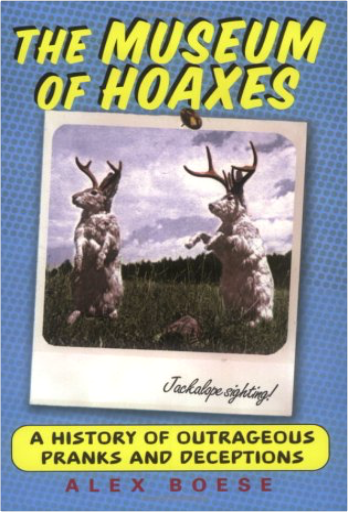 The Museum of Hoaxes is a fascinating historical tour of hundreds of documented hoaxes, many collected here for the first time. Read about the curiosities and cons of the most notorious hornswogglers and flimflam men of the nineteenth century; be astounded at the imposters, pretenders, and tricksters of the twentieth.  Established around the private collections of Gerardus Vrolik (1775–1859) and his son Willem (1801–63), the Vrolik Musuem in Amsterdam has since its founding in the nineteenth century been one of the most admired expositions of anatomy in all of Europe. Scientists and physicians from all over the world travel to gaze upon the five thousand specimens of human and animal anatomy, embryology, pathology, and congenital anomalies housed at the museum. 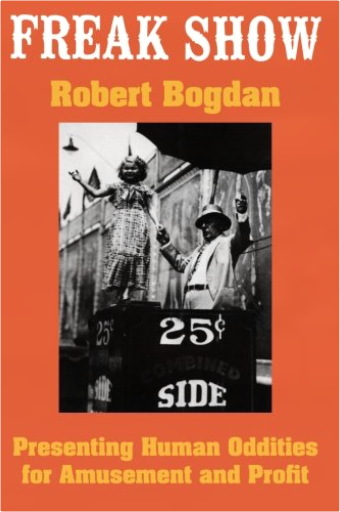 From 1840 until 1940, freak shows by the hundreds crisscrossed the United States, from the smallest towns to the largest cities, exhibiting their casts of dwarfs, giants, Siamese twins, bearded ladies, savages, snake charmers, fire eaters, and other oddities. By today's standards such displays would be considered cruel and exploitative—the pornography of disability. Yet for one hundred years the freak show was widely accepted as one of America's most popular forms of entertainment. 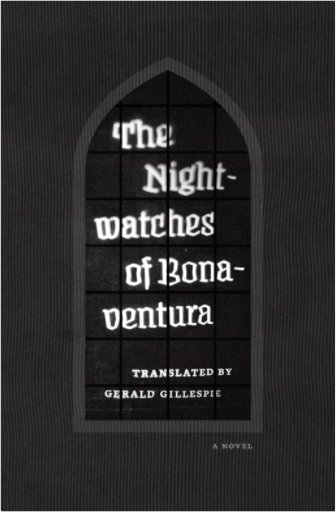 First published in German in 1804, under the nom de plume Bonaventura,” The Nightwatches of Bonaventura is a dark, twisted, and comic novel, one part Poe and one part Beckett. The narrator and antihero is not Bonaventura but a night watchman named Kreuzgang, a failed poet, actor, and puppeteer who claims to be the spawn of the devil himself. As a night watchman, Kreuzgang takes voyeuristic pleasure in spying on the follies of his fellow citizens, and every night he makes his rounds and stops to peer into a window or door, where he observes framed scenes of murder, despair, theft, romance, and other private activities. In his reactions, Kreuzgang is cynical and pessimistic, yet not without humor. For him, life is a grotesque, macabre, and base joke played by a mechanical and heartless force. | 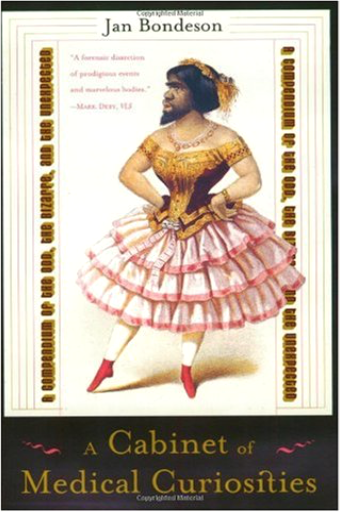 "Dr. Bondeson dissects a dozen . . . examples of human credulity with the scalpel of a forensic historian, and the result is a colorful collection of true detective stories." — Richard D. AltickIn this book of amazing oddities, Jan Bondeson explores unexpected, gruesome, and bizarre aspects of the history of medicine. He regales us with stories of spontaneous human combustion; vicious tribes of tailed men; the Two-Headed Boy of Bengal; Mary Toft, who allegedly gave birth to seventeen rabbits; and Julia Pastrana, exhibited around the world as the Ape Woman. Bondeson combines an historian's skill in showing us our timeless fascination with the grotesque with a physician's diagnostic abilities, as he examines the evidence and provides likely explanations for these peculiar events. "Fascinating. . . . Well-researched and extensively illustrated with items from [Bondeson's] personal collection, it covers a wide range of medical monstrosities, and there is something for everyone." — The Lancet "Entertaining in the simultaneously creepy and amusing way of a carnival sideshow. . . . Bondeson is quick to acknowledge absurdity, and his wry humor, along with his strong personal judgments, spice up the book." — Publishers Weekly "Bondeson . . . regards his exhibits with a careful scientist's eye, discovering misinterpreted evidence, tragic genetic mutations, and, occasionally, outright fraud." — Library Journal Ilustrations 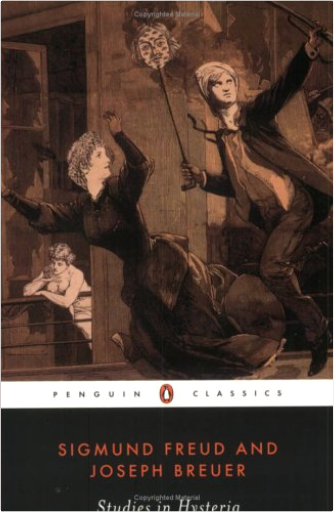 Hysteria—the tormenting of the body by the troubled mind—is among the most pervasive of human disorders; yet, at the same time, it is the most elusive. Freud’s recognition that hysteria stemmed from traumas in the patient’s past transformed the way we think about sexuality. Studies in Hysteria is one of the founding texts of psychoanalysis, revolutionizing our understanding of love, desire, and the human psyche. As full of compassionate human interest as of scientific insight, these case histories are also remarkable, revelatory works of literature.  THE HEART ITS HISTORY, ITS SYMBOLISM, ITS ICONOGRAPHY AND ITS DISEASES. |

Morbid Anatomy Museum
Collection Total:
1,253 Items
1,253 Items
Last Updated:
Jan 26, 2016
Jan 26, 2016
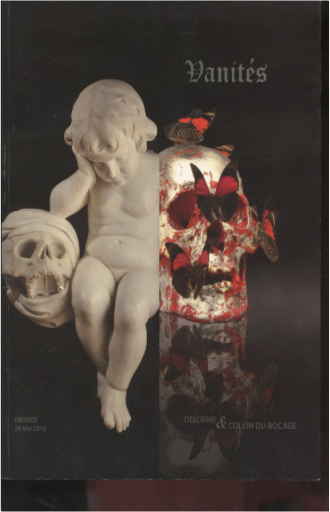

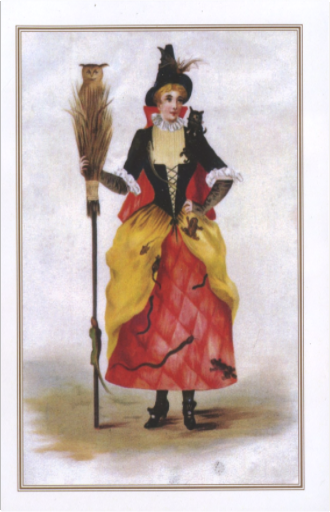
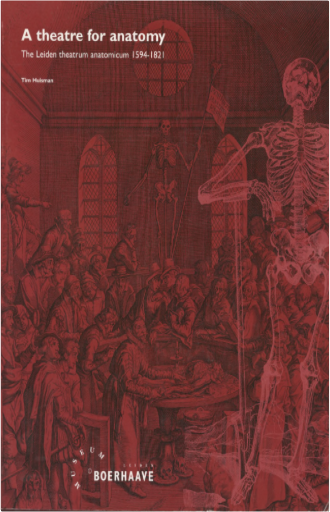
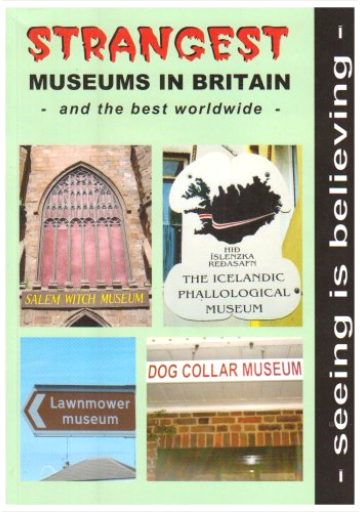



 Made with Delicious Library
Made with Delicious Library